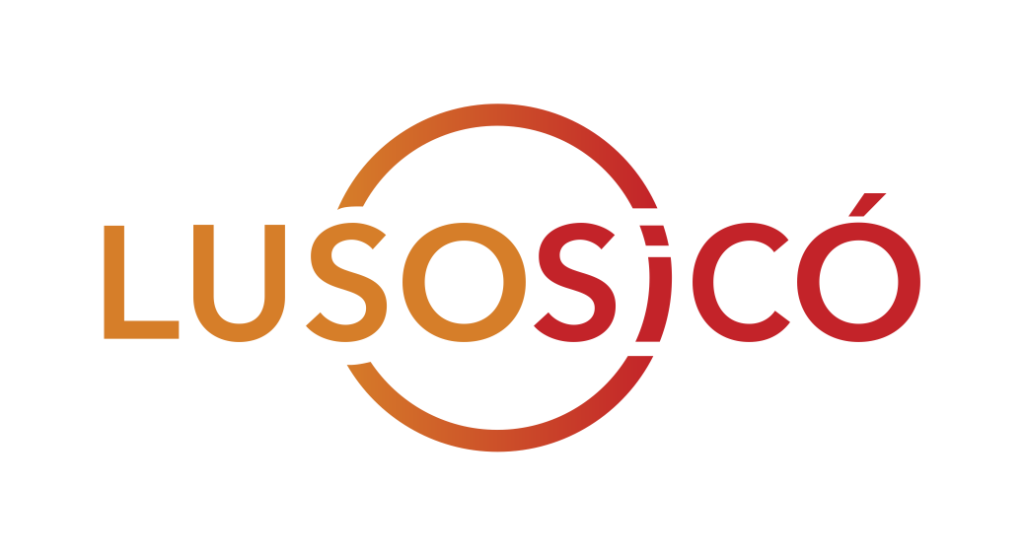
As organizations scale, they often find themselves juggling complex financial transparency decisions without internal expertise to handle it all. They are voluntary exercises conducted upon request by a member country and provide countries with a comprehensive assessment of fiscal transparency practices following the Fiscal Transparency Code. Assessments may cover all four pillars or individual ones, allowing countries to tailor their FTEs to areas of specific interest. Fiscal forecasting and budgeting should provide a clear statement of the government’s budgetary objectives and policy intentions, together with comprehensive, timely, credible projections of public finances.
- With the right team and advice from specialists, such as those provided through Virtual CFO services, companies can turn the challenge of reporting into a strength.
- SOX imposed stringent regulations on financial reporting, internal controls, and corporate governance to enhance transparency and protect investors.
- Transparency is often seen as a major tool for citizens to hold public officials accountable and to combat corruption.
- Accountants must assess the organization’s processes and recommend appropriate divisions of responsibilities.
- In addition to boosting employee confidence, financial transparency also provides a much-needed boost to the bottom line.
- This commitment to ethics fosters trust between organizations and their investors, clients, and the public.
Financial Transparency and Public Disclosure Requirements
It involves providing clear and accurate information about a company’s financial performance and operations. In a related article on why blockchain is important for business, the importance of transparency in financial transactions is highlighted. By using blockchain technology, businesses can ensure that financial data is secure, accurate, and easily accessible to all relevant parties.
Adopt Transparent Accounting Tools for Real-Time Data Access

Companies that prioritize transparency are often viewed as more credible and reliable, making them more attractive investment opportunities. ledger account Ultimately, fostering a culture of financial transparency not only benefits investors but also contributes to the overall stability and growth of the financial markets. In the realm of businesses, financial transparency builds trust with stakeholders, including investors, employees, and customers. When companies openly share their financial information, they demonstrate integrity and foster confidence in their operations. This can lead to increased investment and customer loyalty, ultimately contributing to the long-term success of the business. Moreover, financial transparency plays a critical role in preventing fraud and mismanagement.

Compliance with accounting standards

These technologies enable accountants to automate complex calculations, streamline data entry, and generate accurate financial reports with ease. By reducing the likelihood of human error, software solutions help maintain the integrity of financial information. Moreover, the insights provided by accountants help in identifying trends and performance metrics that are vital for both investors and creditors.
Establish an internal audit function to provide ongoing monitoring and assurance of financial management practices. Monitor financial performance against budgeted targets and provide explanations for variances. Encourage feedback from stakeholders on financial reporting practices and make adjustments as needed. Financial transparency is all about communicating to help everyone at every level in your Interior Design Bookkeeping business understand how it operates so that they can actively work to improve its operations. You can create transparency regarding expenses, revenue, and value in addition to performance with respect to short and long-term goals.
